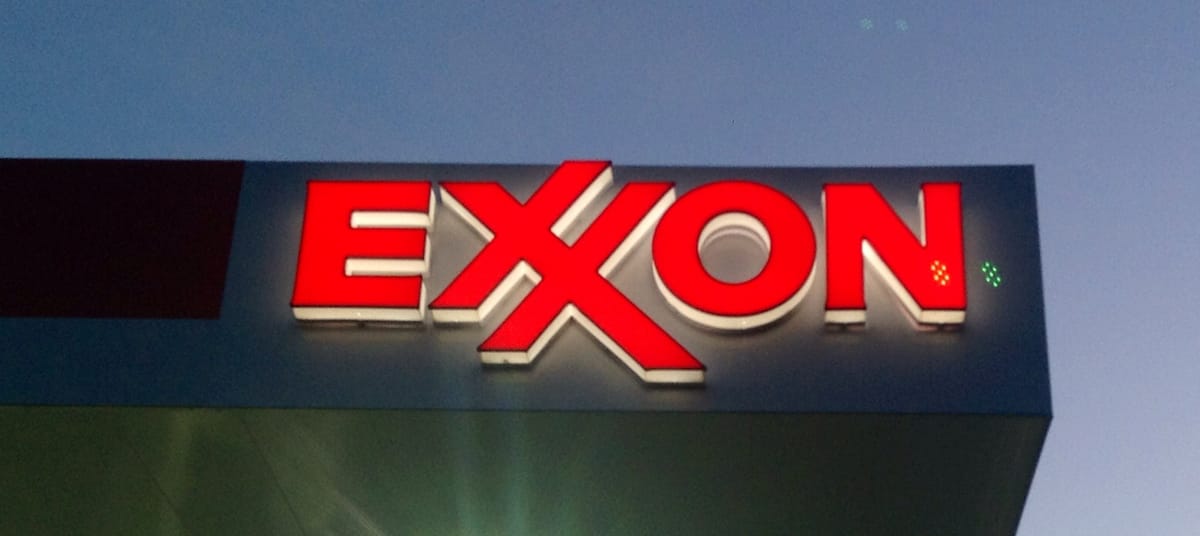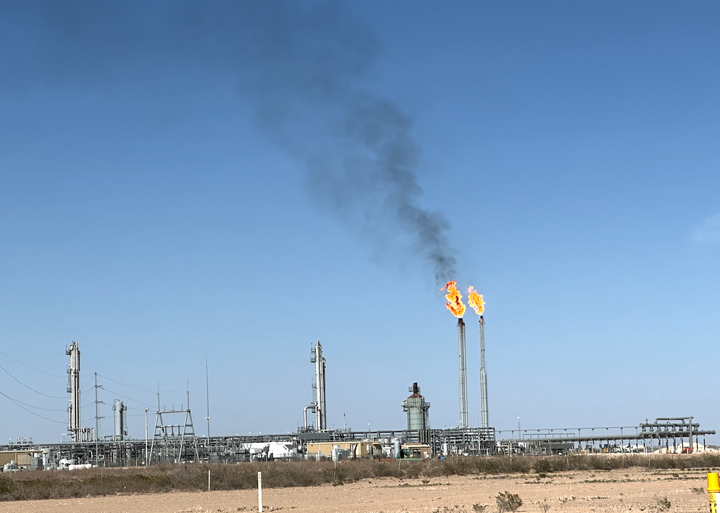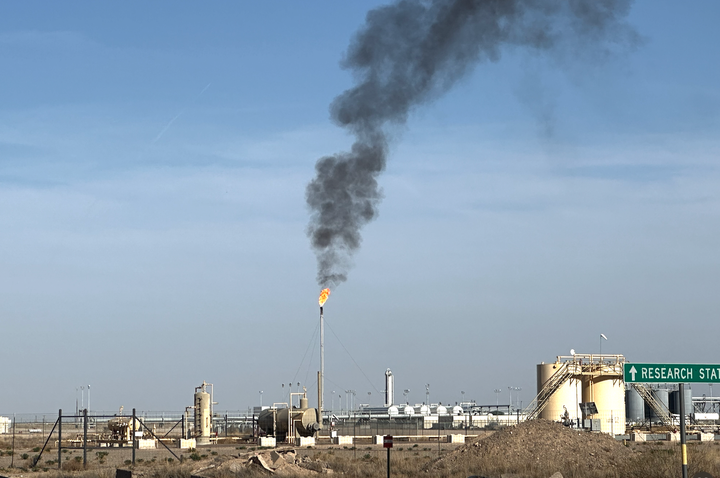Exxon’s $20 Billion Fraud Lawsuit Continues
“No one I knew in the organization thought this was possible; the pressure to deliver on Woods’ promise to the market permeated the organization.”

In March of 2019, U.S. oil major Chevron announced it planned to make investments in its Permian oil operations that would increase its production of oil and other liquids to 900,000 barrels per day (bpd) by 2023. Approximately 95 minutes later, Exxon announced that it planned to reach one million bdp by 2024. Was Exxon responding to Chevron’s plan with a hasty public relations stunt not based in the reality of its Permian acreage? Now that it is 2024, it seems worth evaluating. Along with reviewing the status of the ongoing fraud lawsuit focused on that one million bpd prediction which looks at the question of whether, “ExxonMobil portrayed its oil and gas assets in the Permian Basin as more valuable than they were.”
Exxon’s optimism about its Permian operations didn’t stop in 2019. In March of 2020, Neil Chapman, the head of Exxon’s oil and gas division told the audience at the annual Investor Day conference that, “For our largest resource, which is in the Delaware Basin [located in the Permian], we’re only just about to unleash the hounds.”
In the second quarter of 2023 the hounds remained on the leash, as Exxon only produced 620,000 barrels of oil equivalent. A far cry from the 2019 prediction made by CEO Darren Wood of 1mbpd by 2024. However, it is worth noting that is almost exactly the amount predicted in 2019 by Exxon’s technical team tasked with this work prior to Woods announcing the 1mbpd goal for 2024. The real estimate had been 600,000 bpd by 2025. It would seem, just like how Exxon’s scientists accurately predicted climate change, and then the company ignored that information and misled the public for decades, the same occurred with respect to the potential for Permian oil production. This new prediction by Darren Woods and Exxon was no small thing as the monetary value of producing 600,000 barrels a day vs. one million bpd was estimated to be $20 billion.
The public initially learned of this internal disagreement at Exxon in January 2021 via reports of a Securities and Exchange Commission (SEC) investigation into the issue that was launched after an Exxon employee became a whistleblower and pointed out that the one million bpd estimate was not based in reality. As the Wall Street Journal reported after reviewing the SEC complaint, the whistleblower stated that “No one I knew in the organization thought this was possible; the pressure to deliver on Woods’ promise to the market permeated the organization.”
According to the whistleblower complaint, Exxon’s former Senior Manager of Delaware Basin Development, Melissa Bond, allegedly asked the team to make more optimistic assumptions in their estimates and “claw back value” — value which some of the employees warned didn’t exist. This despite the fact that the plaintiffs argue that “Bond was present at an internal presentation of the plan on October 23, 2019, where drillers called the plan’s assumptions ‘impossible.’” The subsequent document produced for Bond using the optimistic projections that supported Woods’ one million bpd estimate was saved with the file name, “This is a lie.” Now that we are in 2024 and we can see that the original 600,000 bpd estimate was accurate, it seems like the file name was one of the only true things about the document.
After the SEC contacted Exxon about the whistleblower filing, Exxon fired two of the employees skeptical of the CEO’s optimism. In 2022, the Department of Labor decided that Exxon got that wrong too and required the company to reinstate the two employees and pay $800,000 in back wages and damages.
In reporting on the Department of Labor’s decision, the Wall Street Journal noted that a lawsuit brought by Exxon investors claiming they were defrauded by the overly optimistic estimates was dismissed by a Texas judge in 2022. However, the judge allowed for the plaintiffs to try again with more information, which they did, and which Exxon tried to get dismissed again. However, what the Wall Street Journal and other papers have not reported is that the case is ongoing and it isn’t looking great for Exxon.
The good news for Darren Woods and other top executives was that the judge dismissed the fraud charges against them personally as they essentially said there was no proof that Woods knew his one million bpd estimate was not based in fact. So Woods is off the hook using the argument that as CEO, he really doesn’t know what he is talking about. However, in August 2023, the judge decided that the charges against Melissa Bond, the manager who told employees to “claw back value,” in addition to charges against Exxon the corporation, can proceed.
Exxon attempted to have these charges dismissed as well but the judge wasn’t buying it and the reasoning is laid out in the August 2023 decision. I recommend reading the whole thing but you will likely enjoy it a lot more than Melissa Bond. The judge ruled that the case could continue against Bond and ExxonMobil itself stating, “The Court concludes that Plaintiffs have adequately pled that Bond engaged in deceptive conduct with scienter.”
Scienter: “A legal term that refers to a culpable state of mind. In other words, scienter is a defendant's knowledge that an act or conduct is wrongful and intent to act despite this knowledge. Scienter is often an element of liability, including in most cases involving assertions of fraud.”
The facts are hard to deny, especially now that we are in 2024 and the extent of the alleged fraud is easier to see based on Exxon’s Permian oil output. So the case will continue.
This case is more relevant now as Exxon has agreed to buy Pioneer Resources acreage in the Permian for approximately $60 billion. After this deal was announced it was shortly followed by a prediction from CEO Darren Woods that Exxon would increase its new combined Permian production by 700,000 barrels per day by 2027.
While Woods may justifiably now feel above the law when it comes to these types of predictions, in the series of articles that follow this one, I will be explaining how, like his last Permian prediction in 2019, this is likely impossible. Will a future court come to a similar conclusion as was reached in August 2023?
“The Court concludes that Plaintiffs here have also adequately pled more than the misstatements and omissions themselves by asserting falsification of internal documents to make the company’s financial state appear rosier than it was in reality.” Mendi Yoshikawa, et all, v. Exxon Mobil Corp., et al., Civil Action No. 3:21-CV-00194-N August 24, 2023
This current fraud case against Exxon is based on claims made by Exxon about its ability to produce oil in the Permian after its $6.6 billion acquisition there in 2017. Exxon’s latest Permian acquisition is worth roughly $60 billion, almost ten times the earlier deal. And Darren Woods’ optimism about Exxon’s ability to increase Permian production is now also greater. Investors would be wise to remember the words of oil investor George W. Bush, "There's an old saying in Tennessee—I know it's in Texas, probably in Tennessee—that says, 'Fool me once, shame on... shame on you. Fool me—you can't get fooled again.”
This is the first in a series of articles about the current state of the U.S. shale industry and the looming risk of the U.S. public getting stuck with a half trillion dollar bill to clean up the mess left behind by the U.S. oil industry.



Comments ()